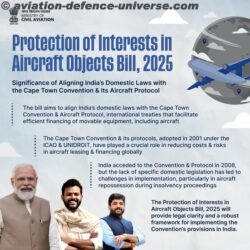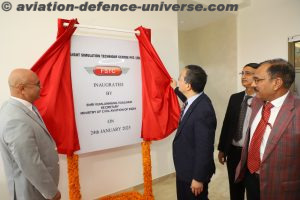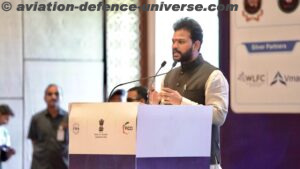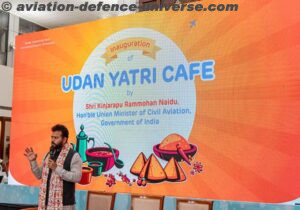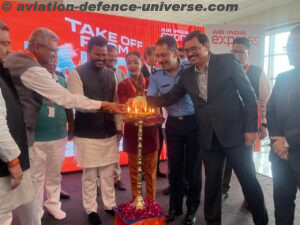New Delhi. 15 June 2016. Statement from Amber Dubey, Partner and Head, Aerospace and Defence, KPMG in India
- India is the fastest growing aviation market with 21% plus growth in the domestic sector in 2015-16. The National Civil Aviation Policy (NCAP 2016) released today is likely to enhance that further by taking flying to the masses through a slew of policy initiatives and fiscal and monetary support. The key focus of NCAP 2016 is on affordability, connectivity and ease of doing business.
- The regional connectivity scheme (RCS) under NCAP will connect India’s remote unconnected regions, boost tourism, create jobs and stimulate the economy in Tier 2-3 cities. Subsectors like MRO, Cargo, helicopters, general aviation and Make in India etc will get a fillip with liberalised operational norms and tax breaks. The highly illogical and anti-competition 5/20 rule has been replaced with 0/20, which effectively translates to 3/20 as it will take at least 3-4 years to have a 20 aircraft fleet.
- The policy has evolved with the widest and longest possible stakeholder consultation. Full marks to the government and especially Mr RN Choubey, the hardworking aviation secretary who’s diligently worked to build consensus across various government ministries, stakeholders and the industry. The policy covers over 22 aspects of aviation. Bringing all stakeholders together, many of whom have conflicting interests is an herculean task – one of the reasons why we have never had an integrated aviation policy since 1947 despite many sincere attempts in the past.
- The NCAP is unfortunately silent on other issues like formation of an independent Civil Aviation Authority (CAA), privatisation of Air India, market-listing of AAI, hive-off of Air Navigation Services (ANS) from AAI. Some of these measures can be taken outside the ambit of NCAP since these involve mostly government owned entities.
- Making the first ever integrated aviation policy was tough. The road ahead will be tougher as we go for its implementation in letter and spirit. If the government, industry and end-users work together keeping India’s national interest in mind, there’s no reason why India can’t achieve its vision of becoming the 3rd largest aviation market by 2020 and the largest by 2030.







































